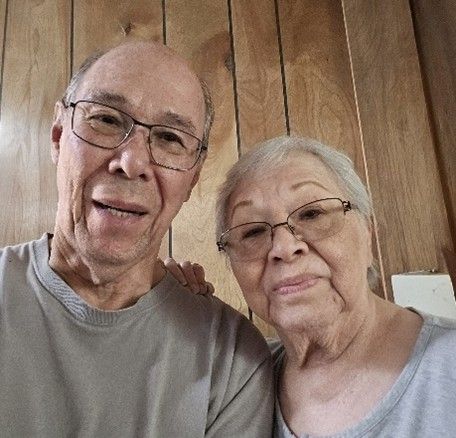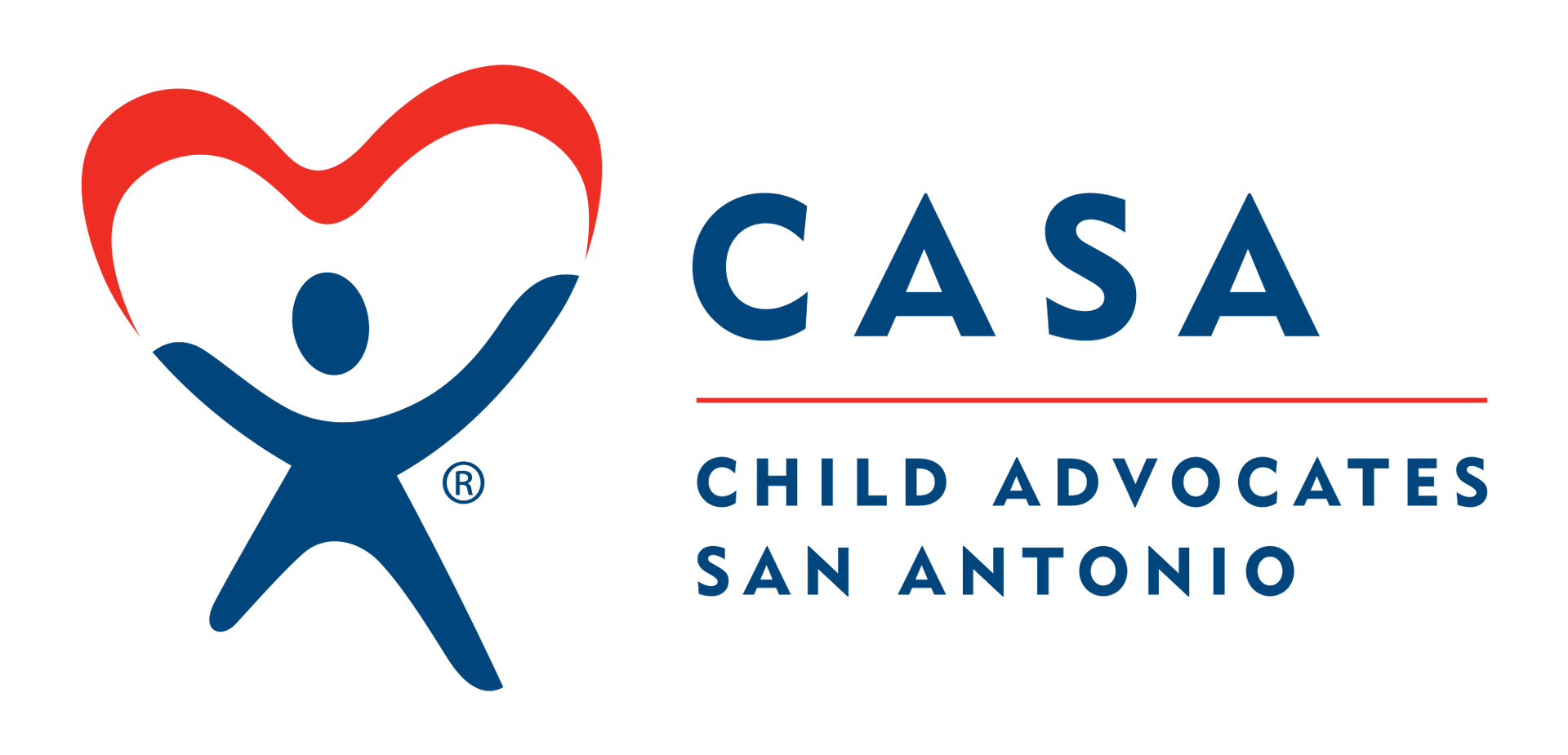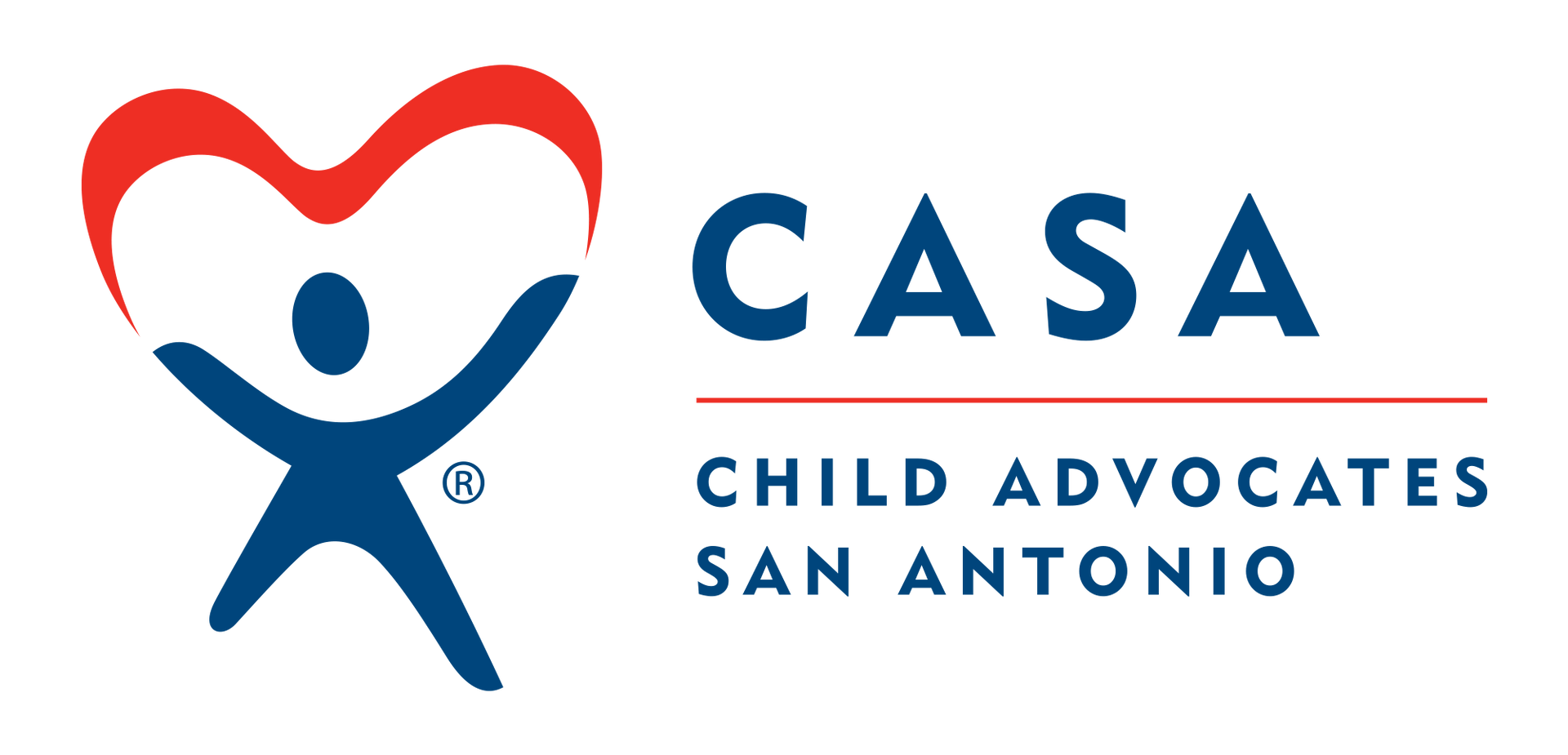Story of Hope: Louis Lendman
Story of Hope: Louis Lendman
Louis Lendman is currently advocating for a teen in care, Elliott, and has been an incredible asset to his case thus far. Louis has only been assigned to this case for a short time, but has already had to testify in court, be present for multiple staffing’s, and attend last-minute meetings. Before signing onto the case, Louis was aware of a few obstacles that needed to be overcome; including multiple behavioral incidents, placement disruptions, and pending juvenile charges, but Louis did not let these obstacles deter him from taking on the case. Louis has been this child’s voice on several occasions and confidently expresses Elliott’s wants and needs. This case has needed more attention and advocacy than most, but with Louis’ determination, commitment, and empathy, he is a perfect fit for this role.
Due to the distance of placement, Louis is only required to see Elliott every other month. However, since Elliott was having several behavioral incidents, not engaging in treatment, and has minimal familial support, Louis has gone above and beyond visiting Elliott every month to ensure that Elliott knows he is not alone. During his visits, he actively listens to Elliott and provides support and guidance when needed. Louis has had to have very candid conversations with Elliott and has to explain the potential consequences of misbehaving and not engaging in therapy. Elliott is receptive to Louis’ guidance, and even if Elliot’s behaviors improve only for a short time, Louis continues to show Elliott empathy and highlights Elliott’s strengths to hopefully motivate Elliott to make these behavioral improvements more long-term. After each visit with Elliott, Louis provides a summary of how his visit went and ensures that I, the caseworker, and Elliott’s ad litem have the most up-to-date information along with any improvements or concerns. With Louis’ exceptionally detailed documentation, we all feel as if we were present for his visits with Elliott.
Unfortunately, Elliott’s family has not been able to provide him with consistent support; missing family days, missing phone calls, and not engaging in family therapy. This has been discouraging to Elliott, but Louis and I have had many conversations on how to broaden his support network. This case has been referred to our Collaborative Family Engagement Team and we have had meetings where Louis is able to articulate Elliott’s needs empathetically and professionally, and Louis does not hesitate to provide possible solutions or ideas that can assist Elliott while he is in care.
Due to Elliott’s behaviors and lack of engagement, his placement has given him a 30-day notice. In an attempt to salvage this placement, several placement disruption meetings have been held, and Louis provided pertinent information that he has gathered from his visits and conversations with Elliot, placement staff, therapists, and Elliott’s parents. In the initial meeting, we agreed that the following week an in-person meeting would be held with Elliott to hopefully encourage Elliott to make necessary changes in order to remain at his current placement. Louis, without hesitation, cleared his schedule and was present for that meeting. Also in attendance were Elliott’s probation officer, the facility’s program director, Elliot’s ad litem, the CPS Caseworker, and Elliot’s mother, father, and stepmother. The CASA supervisor was also able to attend this meeting and witnessed firsthand the rapport and supportive relationship Louis has established with Elliott.
Even though the placement is proceeding with discharging Elliott, the CASA supervisor is confident that Louis will adapt and continue showing up for Elliott in order to ensure this transition will be as smooth as possible. CASA is so grateful for all Louis has done, is doing, and will do. However, more importantly, Elliott is equally, if not more, grateful for Louis and his constant support thus far.









